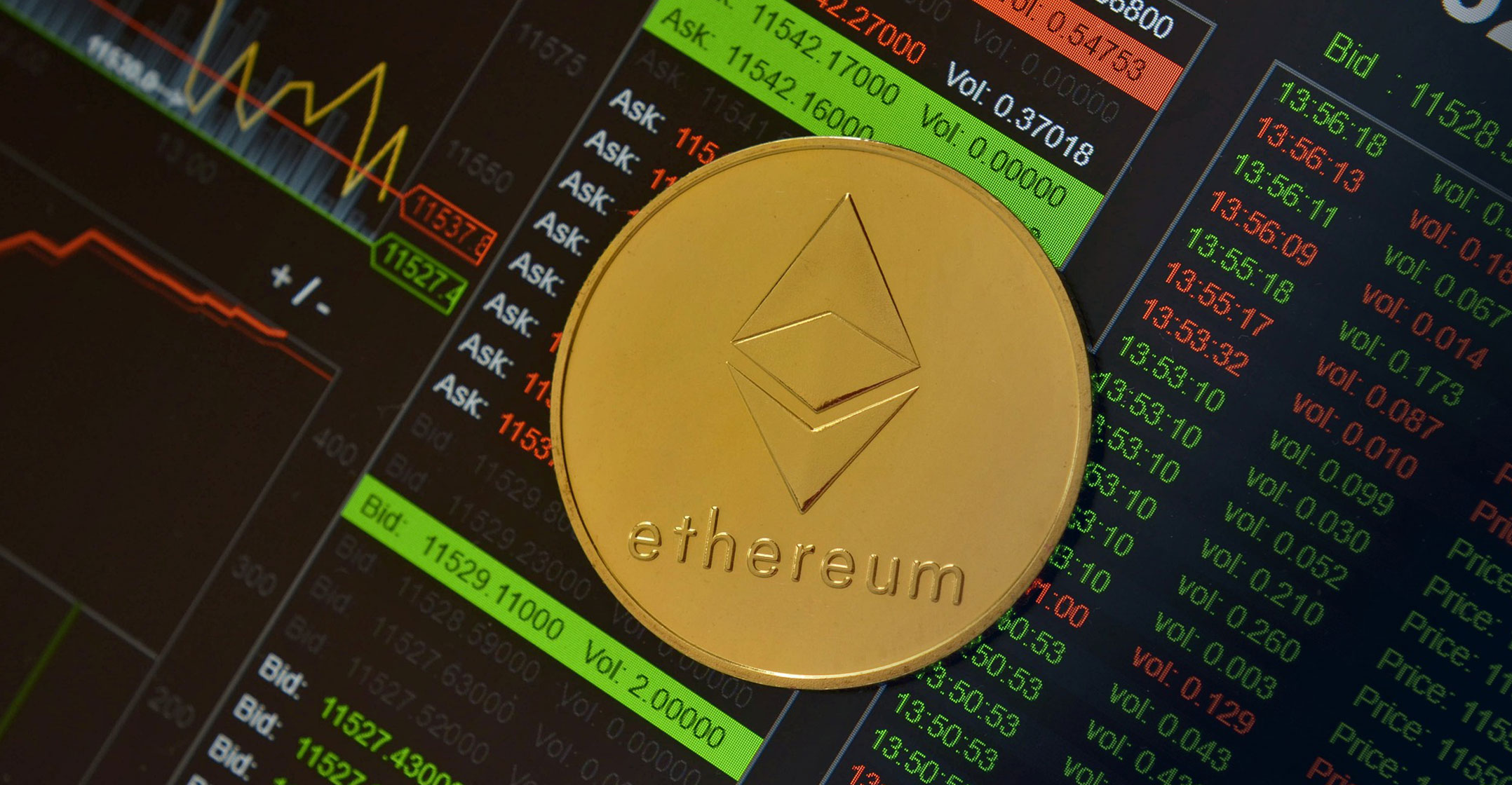 Decentralised-finance investors are betting on ethereum’s revamp to help thaw out the market’s more than two-months-long crypto winter.
Decentralised-finance investors are betting on ethereum’s revamp to help thaw out the market’s more than two-months-long crypto winter.
The DeFi sector, where investors earn yields by trading and staking cryptocurrencies without centralised intermediaries, has declined sharply following the collapse of the TerraUSD stablecoin, and as soaring inflation puts the US Federal Reserve on a path of monetary tightening.
The ethereum “Merge,” one of the most significant technical upgrades to the blockchain since its inception in 2015, may be one of the few catalysts that could give DeFi a much-needed lift.
Despite multiple delays, core developers have made major progress and ethereum co-founder Vitalik Buterin has said the upgrade is set to take place in August. The Merge will shift the ethereum blockchain from a proof-of-work consensus mechanism, where miners use powerful computers to order and validate transactions for users, to proof-of-stake. The new mechanism replaces miners with ether holders performing the same tasks.
The Merge will be the most important event in the crypto space this year by far, said Vance Spencer, co-founder of venture capital firm Framework Ventures. “If you think about how crypto markets usually move, the biggest event is usually bitcoin halving, cutting supply of bitcoin in half,” he said. “Here, we have the supply of ethereum getting cut by 90% in one moment.”
Fewer new issuances of ether, a smaller carbon footprint and higher yields are among the upgrade outcomes that DeFi investors say will fuel an ethereum rally and boost the industry.
Risk-on
“Our DeFi fund has been risk-off the market all year and now for the first time we are risk-on because we have been accumulating ether every single day,” said Wes Cowan, MD of decentralised finance at crypto investment firm Valkyrie. “We continue to trade stablecoins such as USDC for more ether in the fund.”
The transition will also eliminate tens of millions dollars of fees that are paid to ether miners every day. “Ethereum miners have earned $42-million on average per day in 2022,” said Jaran Mellerud, mining analyst at Arcane Crypto.
Ether holders, who will become the blockchain validators after the upgrade, are also more likely to hold on to their ether rewards and stake them for higher yields, as opposed to miners who tend to sell their mined ether to cash out or cover operational costs, further reducing the supply of the currency.
“The expenses for a validator are a fraction of the expenses for a miner,” said Rex Hygate, founder of technical risk analysis company DeFiSafety. “Because the cost of operations is low, the amount of ether they would issue to cover the cost is reduced.”
Staking rewards, which is what validators receive in return for putting their assets on the blockchain to secure the ethereum network, will also be higher post-Merge, as core ethereum developers plan to financially incentivise more staking participation, Hygate said.
 Ethereum could also face less selling pressure compared to bitcoin, especially if a slump in prices triggers another round of sell-offs among cash-strapped bitcoin miners that have large holdings. Public mining companies such as Riot Blockchain started selling their mined coins for the first time earlier this year.
Ethereum could also face less selling pressure compared to bitcoin, especially if a slump in prices triggers another round of sell-offs among cash-strapped bitcoin miners that have large holdings. Public mining companies such as Riot Blockchain started selling their mined coins for the first time earlier this year.
“If you are in the middle of the bear market and the bitcoin miners are selling, meanwhile ethereum just has no latent supply and instead just gives fees to users, bitcoin will require a lot more inflows to maintain this position than ethereum will,” said Spencer.
While the Merge is one of the most hotly anticipated events for crypto in 2022, the bullish sentiment around it is unlikely to spread to the broader market, where interest rate hikes and a weak economic outlook have kept investors away from riskier asset classes.
A potential security threat to ethereum’s beacon chain earlier this week could also push back the timing of the Merge. The chain, which is key to introducing the new proof-of-stake mechanism, underwent a blockchain reorganisation last Wednesday. Ether plunged as much as 11% on Thursday before paring losses at around $1 843, well below its $2 000 benchmark.
The glitch might have been due to a network failure such as a bug, or malicious attacks from miners with high resources, resulting in a duplicate version of the blockchain and heightened security risks.
Once the Merge does take place, it could even create headwinds for other projects within the DeFi sector
“As this is yet to be confirmed, the impact on the timing of the Merge is still unknown,” said Marc-Thomas Arjoon, a research associate at CoinShares. “If it is an easy fix there may not be a delay, but if this issue uncovers something deeper then the Ethereum Foundation and developers will need to discuss further depending on the type of issue.”
Other technical glitches on ethereum’s testnets could further delay the upgrade.
And once the Merge does take place, it could even create headwinds for other projects within the DeFi sector, including so-called layer 1 projects. The term layer 1 is typically used to describe a base layer blockchain network, such as bitcoin, on top of which other applications are built.
“All these ethereum-based projects are going to pick up so much steam,” said Hygate. “In our opinion, it is going to suck the air out of a lot of the other layer 1 markets.” For instance, some layer 1 projects like Solana and Cardano are often considered “ethereum killers” as they provide alternative blockchain networks for traders on ethereum. — David Pan, (c) 2022 Bloomberg LP




